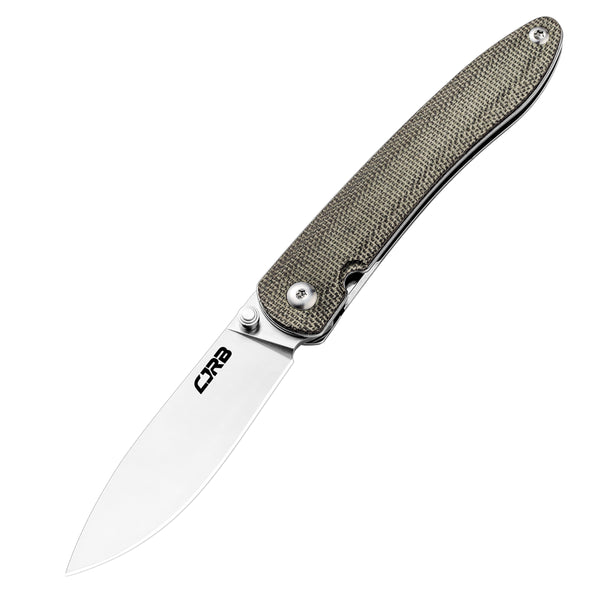When it comes to selecting the perfect pocket knife, there are several factors to consider to ensure that you find the right tool for your specific needs. Whether you're an outdoor enthusiast, a DIY hobbyist, or simply looking for a versatile everyday carry item, understanding the key elements of pocket knives will help you make an informed decision.

Understanding the Anatomy of a Pocket Knife
Before delving into the different types of pocket knives available, it's essential to familiarize yourself with the various components that make up these versatile tools. From the blade and handle to the locking mechanism and pocket clip, each part plays a crucial role in determining the knife's functionality and usability. By understanding the anatomy of a pocket knife, you'll be better equipped to assess which features are most important for your intended use.
Choosing the Right Blade Type
One of the most critical aspects of selecting a pocket knife is determining the right blade type for your needs. Different blade shapes, such as drop point, tanto, and clip point, offer distinct advantages depending on the intended application. For example, a drop point blade is ideal for general-purpose tasks, while a tanto blade excels in piercing and stabbing motions. By considering the primary tasks you'll be using the knife for, you can narrow down the blade type that best suits your requirements.
Factors to Consider When Selecting a Handle
The handle of a pocket knife is another crucial element to evaluate when making your selection. Factors such as material, ergonomics, and grip texture all contribute to the overall comfort and usability of the knife. For instance, a handle made of G-10 or micarta provides excellent durability and grip, making it suitable for rugged outdoor use. On the other hand, a titanium or carbon fiber handle offers a lightweight and sleek option for everyday carry. By considering the environmental conditions and tasks you'll be using the knife in, you can choose a handle that best meets your needs.
Exploring Locking Mechanisms and Deployment Methods
Locking mechanisms and deployment methods are essential considerations when choosing a pocket knife, as they directly impact the safety and ease of use. Common locking mechanisms include liner locks, frame locks, and lockback mechanisms, each offering unique advantages in terms of security and one-handed operation. Additionally, deployment methods such as thumb studs, flipper tabs, and assisted opening mechanisms provide different ways to access the blade quickly and efficiently. By understanding the various options available, you can select a knife with a locking mechanism and deployment method that align with your preferences and requirements.
Ultimately, finding the right pocket knife for your needs involves a combination of understanding the key components, considering the intended use, and evaluating the available options. By taking the time to research and explore the diverse range of pocket knives on the market, you can make an informed decision that will serve you well in a variety of situations.






